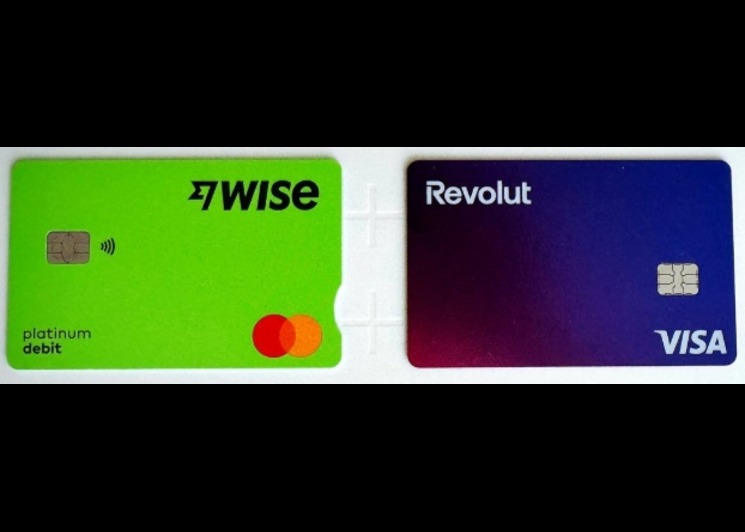Wire Transfer vs Bank Transfer: Speed, Cost, and Risk for Business Payments

When businesses move money across accounts or borders, two terms often come up: wire transfer vs bank transfer. Both methods serve the purpose of sending funds, but the way they work, their costs, and the situations they fit best can vary. For companies handling frequent payments, understanding the differences between a wire transfer and a bank transfer, especially for commercial use, helps in making better financial decisions.
Beyond just sending money, the choice between a wire transfer and a bank transfer affects how quickly partners are paid, how much companies spend on fees, and even how smoothly international deals are completed. For businesses working across multiple markets, these differences can influence cash flow, supplier relationships, and overall financial efficiency.
- Wire Transfer vs Bank Transfer: The Core Difference
- How a Wire Transfer Works in Business Payments
- Understanding Bank Transfer for Domestic Transactions
- Costs: Wire Transfer Fees vs Bank Transfer Fees
- Speed and Processing Time: Wire Transfer vs Bank Transfer
- Security and Reliability of Wire Transfer and Bank Transfer
- When to Use International Transfer for Businesses
Wire Transfer vs Bank Transfer: The Core Difference
At its simplest, the comparison between wire transfer vs bank transfer is about speed, cost, and the route funds take. A bank transfer typically moves money between accounts in the same financial institution or between local banks in the same country. On the other hand, a wire transfer often involves sending money across longer distances, sometimes across borders, using established networks like SWIFT.
For businesses, this distinction matters. While a bank transfer can be a convenient option for paying suppliers domestically, a wire transfer is often chosen when an international transfer is required.
How a Wire Transfer Works in Business Payments
A wire transfer is a secure way to send money electronically between banks. When a company initiates an international wire transfer, the funds don’t physically move from one country to another. Instead, the sending bank sends a message through a system like SWIFT to the receiving bank, instructing it to credit the recipient’s account.
In many cases, an intermediary bank is used to bridge the gap between two institutions that don’t have a direct relationship. This is common with smaller banks or transfers involving less frequently used currencies. While it adds reliability to the process, it can also increase costs and processing times.
Businesses handling global operations must also consider currency conversion, as payments may need to switch from one denomination to another before reaching the recipient.
Understanding Bank Transfer for Domestic Transactions
A bank transfer generally refers to moving funds from one account to another, often domestically. In the context of wire transfer vs bank transfer, this method is slower for cross-border payments but efficient for routine local transactions.
For example, payroll disbursements or vendor payments within the same country are often best handled by a bank transfer. It avoids the complexities of currency conversion and typically doesn’t involve an intermediary bank.
That said, one important consideration for businesses is the bank transfer fee. While these fees are usually lower than those of a wire transfer, they can still add up depending on transaction volume.
Costs: Wire Transfer Fees vs Bank Transfer Fees
When comparing costs, wire transfer vs bank transfer comes down to fees and additional charges.
Wire transfer fees can include sending charges, receiving charges, and sometimes costs linked to an intermediary bank. For an international wire transfer, businesses may also face extra costs due to currency conversion rates.
Bank transfer fees are often lower, especially for domestic transfers. However, for cross-border transactions, even a bank transfer may involve higher charges once foreign banks and systems get involved.
Businesses weighing wire transfer vs bank transfer should calculate not only the direct bank transfer fee or wire cost but also hidden expenses like exchange rate margins.
Speed and Processing Time: Wire Transfer vs Bank Transfer

For many businesses, speed is a deciding factor in the wire transfer vs bank transfer debate. A wire transfer usually delivers funds within one to two business days for international transfers, and often on the same day for domestic ones.
By contrast, a bank transfer, especially when linked to an international transfer, can take several days due to checks, clearing, and processing between institutions. If an intermediary bank is involved, the process may extend further.
Security and Reliability of Wire Transfer and Bank Transfer
Both wire transfer and bank transfer methods are secure, but businesses must consider reliability.
Wire transfers are often irreversible once processed, which reduces fraud risks but requires businesses to double-check recipient details before sending.
Bank transfers are also reliable, especially for domestic payments, but international transfers may face more delays and scrutiny.
The use of international wire transfer systems with intermediary banks ensures security, but the trade-off is higher fees and potential delays.
When to Use International Transfer for Businesses

Businesses engaged in global trade often need an international transfer system that balances cost, speed, and compliance. An international wire transfer is usually the best option for large, urgent payments that require guaranteed arrival.
On the other hand, a bank transfer might be a better fit for recurring payments where timing is less critical. Companies should carefully assess how often they face currency conversion, whether an intermediary bank is involved, and the size of the bank transfer fee before deciding which method works best for them.
Key Considerations: Bank Transfer Fee, Currency Conversion, and Intermediary Bank
In practice, businesses need to look beyond just choosing between wire transfer vs bank transfer. The real costs and challenges often come from supporting factors.
- Bank transfer fee: Even when small, these charges add up over hundreds of transactions.
- Currency conversion: Businesses working with multiple currencies may lose more on exchange rate margins than on the actual transfer fees.
- Intermediary bank: Each additional institution involved in a payment chain can slow down processing and add extra charges.
By monitoring these aspects, businesses can make smarter decisions about whether to use a wire transfer or a bank transfer for any given situation.

Perfect Card for running ads!

Conclusion
When it comes to wire transfer vs bank transfer, the better option depends on the nature of the transaction. A wire transfer is best for urgent or international payments, while a bank transfer works well for routine domestic transactions. Businesses must also weigh costs, speed, and factors like currency conversion or bank transfer fees before choosing. For companies that want a simpler, more cost-effective alternative, Bycard’s virtual card solution stands out. It reduces the reliance on expensive transfers, streamlines online payments, and gives businesses more control over their spending.







